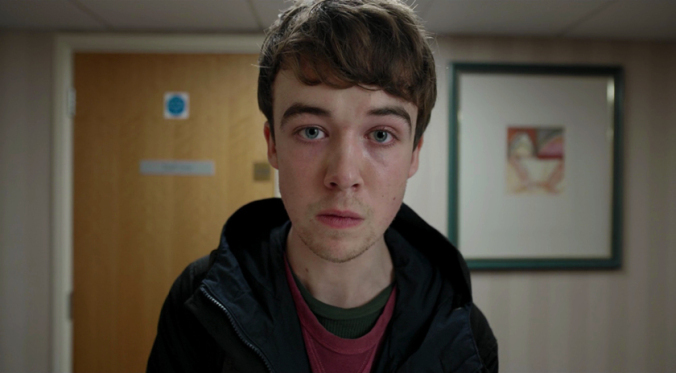I think Bertrand Tavernier is an underrated director. Coup de torchon is a masterpiece, L. 627 and The Clockmaker of St. Paul are nearly as great. Death Watch is the kind of film I’d like to make one day. It’s shot in beautiful 2.35 with the kind of moving camera I really love, and takes a science fiction premise and turns it into something really meaningful and modern. It was also a poignant watch with the recent death of Harry Dean Stanton.
Peirre-William Glenn’s cinematography in this film is fantastic. It feels so real and earthy. Here’s a fairly simple sequence, but one that I quite liked. Katherine (Romy Schneider, in one of her last roles), walks home and is approached by a reporter.
Glenn and Tavernier’s opening frame of the scene is suffused with blue. The wet streets add a lot to it. Tavernier cuts to the second shot below, which is something he does so well in this film: wide moving frames utilizing foreground and background:
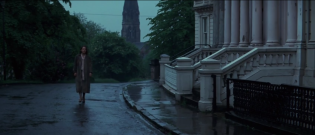
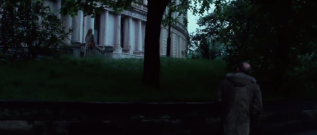
The reporter climbs up the hill to intercept Kathine, and the final frame is a somewhat simple 2-shot, but the grey tones and the rain make it much more:


The locations are unanimously great. I love this one where Roddy (Harvey Keitel) talks on the phone. The scratched, dirty walls have so much texture. That green light in the background mirrors the blue cast from the earlier frames (the film seems to get away from these hues towards the end, which makes sense given the change in narrative and mood):
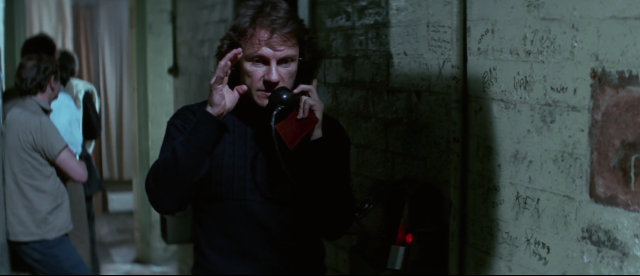
Or there’s something as simple as this one, where Vincent (Stanton) talks to Roddy’s ex-wife, Tracey (Thérèse Liotard):
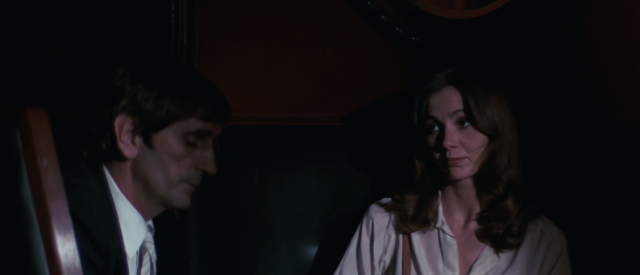
Tavernier and Glenn let the background frame left and right go to basically absolute black. The image is so moody. It could be dangerous, but it’s not. It matches the low-key starkness of the rest of the film.
There’s an awesome sequence shot when one of Vincent’s workers loses Katherine in a crowd at a market. The camera moves so rapidly through the area, getting tight and far from the characters-



At one point (between the first and second shots below), the camera completely loses the man and then kind of runs after Katherine in the distance:
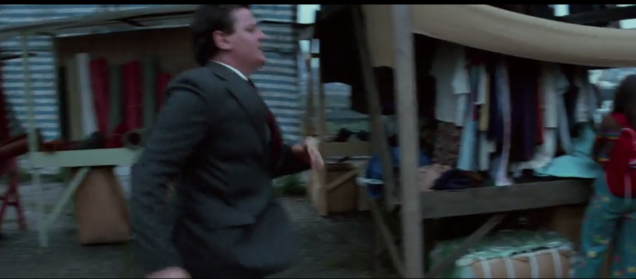
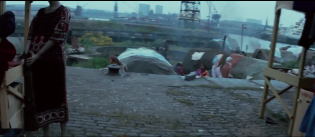

There’s so much life and energy to the frame. It’s fast, a bit shaky, yet still fluid. We’re really running along with and after the characters, and it makes the situation so much more urgent.
Summer with Monika
I can’t remember the last time I watched a Bergman film. It’s been awhile. This is the first time I’ve seen Summer with Monika. Of course, it’s awesome. Not yet shot by Sven Nykvist, but Gunnar Fischer’s cinematography is still gorgeous.
For some reason I remembered Bergman films as being static. I don’t know why. I even use a really great, movement-heavy scene from Sawdust and Tinsel in class. Summer with Monika has such fantastic movement and blocking. There are too many incidents to count. This shot/scene is great, but the stills don’t really do it justice.
Monika (Harriet Andersson) starts in the foreground of the shot at the shop where she works. I’m missing the track left to right, but it’s fast and it ends with the second shot below. The man with Monika then blocks around her as she leans back on the pillar, and we land in a 2-shot:
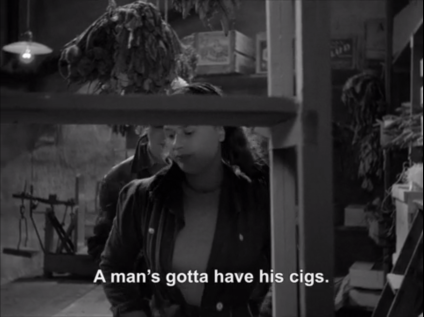
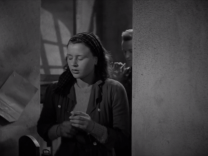
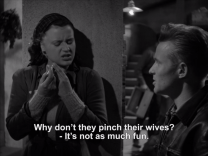
They have a little back and forth at the pillar. She walks away, he pulls her back (which happens more than once in this scene, and is a decent summation of the film. She walks away, someone pulls her back). Bergman uses the boss’ arrival to block everyone to the back. But it’s really slick how he does it. The man in the foreground in shot three below turns and we land in an over-the-shoulder. In the meantime, Monika is walking off-screen and then in the background of the shot to get to her next mark, which is at the desk in shot 4 below:

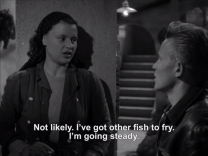
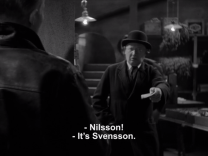

The boss leaves and Monika walks frame right to put some boxes away. The camera pans and tracks with her. We land in a wide 2-shot:
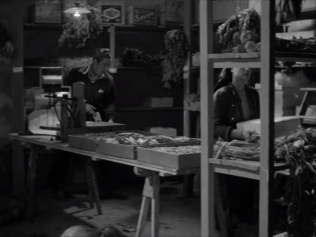
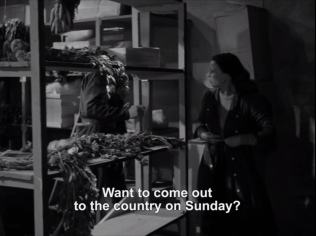
There’s some playful, but mostly not so playful teasing. Monika lands down on the ground (with some really beautiful camera operation), and then she sits up, alone:
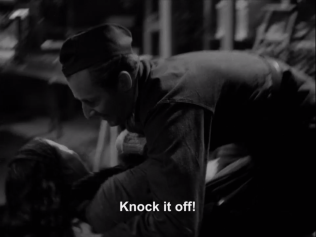

The scene ends as she gets ready to leave, by herself:
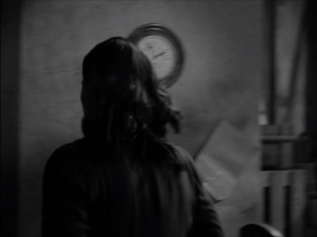
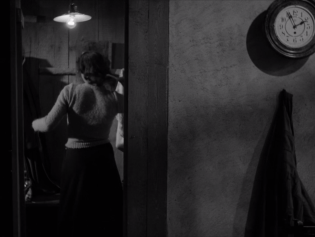
Every frame in this sequence is perfectly composed. The movement is so fast but, unlike Death Watch (and not really for better or worse), it’s all so precisely motivated – Monika is pulled back, she needs to do work because the boss arrives, she places something on a shelf, she tries to get away from someone, she puts on her coat. All of these things force movement, and Bergman is an absolute master at timing them, blocking secondary characters, and finding a perfect camera position to be able to capture all of this in one fluid master.
Advertisements Share this:



